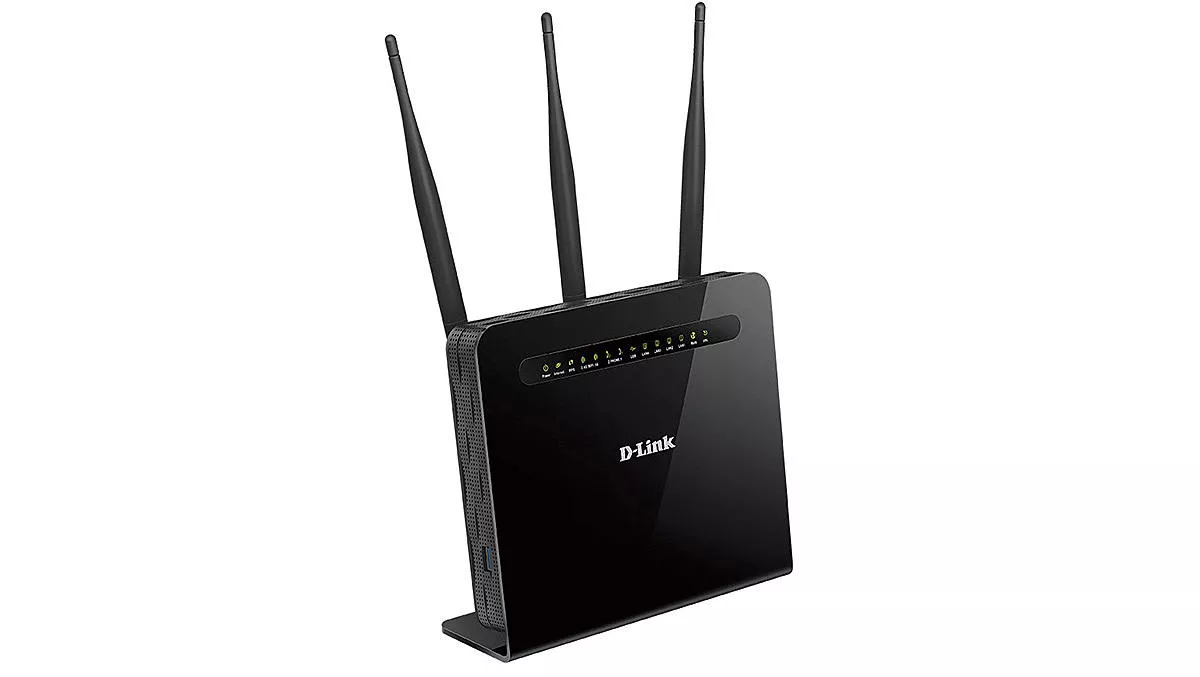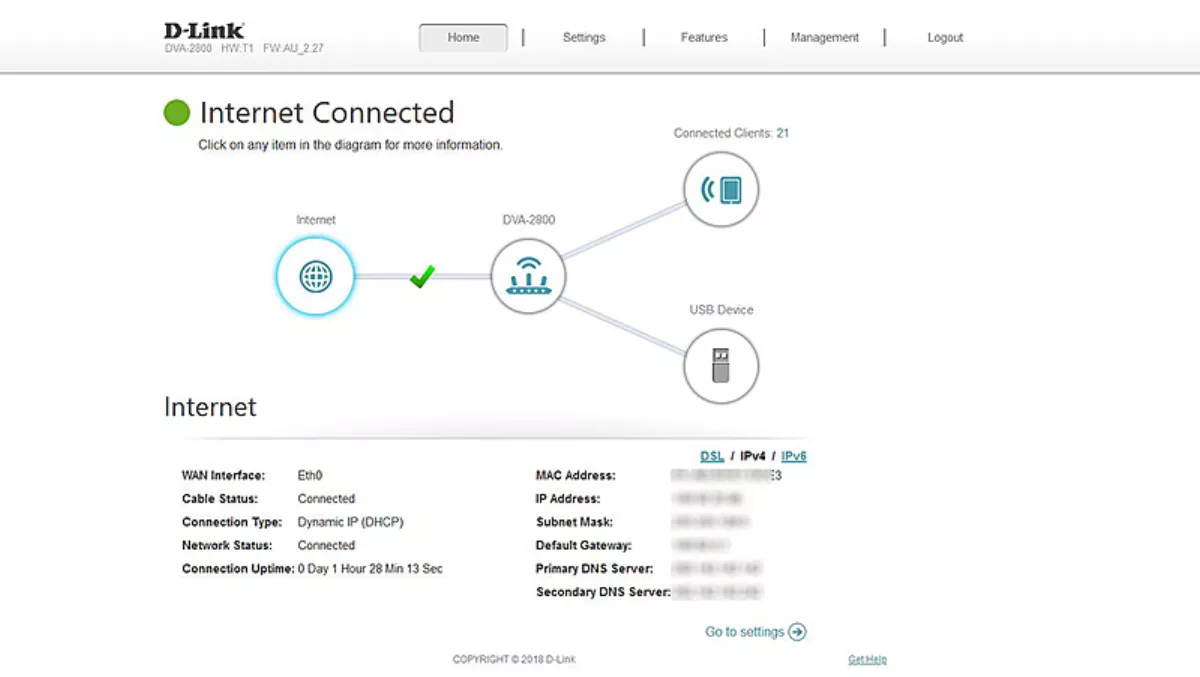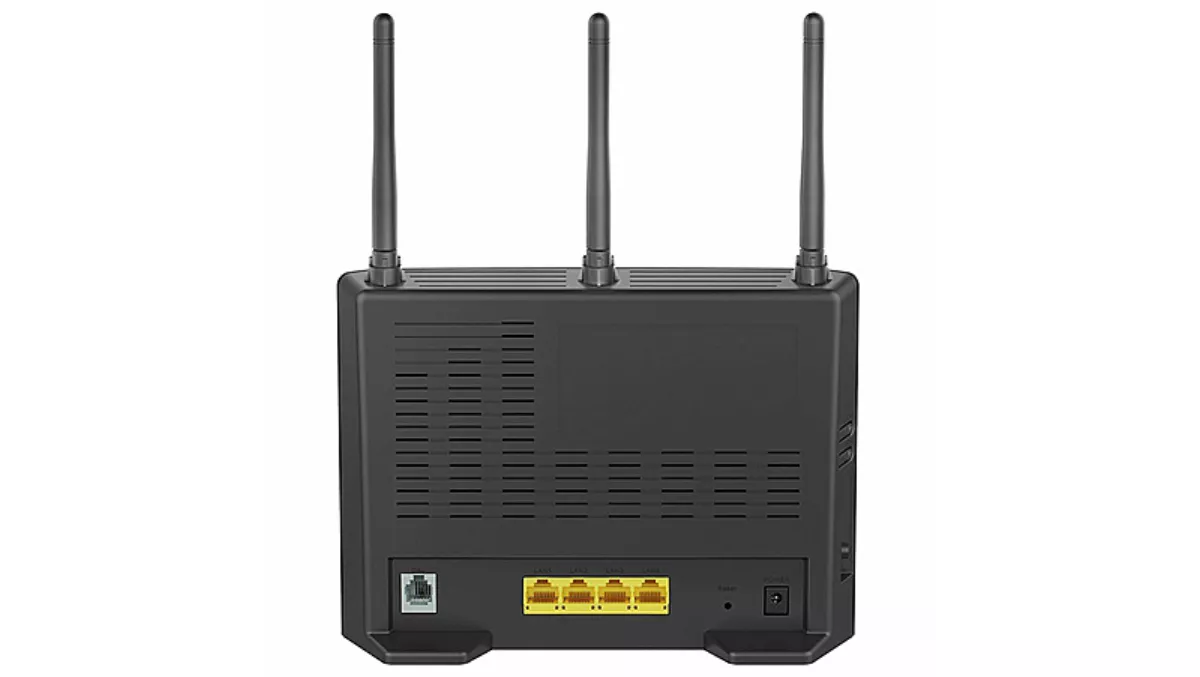
Hands-on review: D-Link Talkbox 2800 DVA-2800 VoIP modem
D-Link's Talkbox 2800 provides internet users with modem, router and Voice over IP functionality.
Just before their June national deadline, Australia's much-maligned NBN Co. blessed my office with access to the National Broadband Network, effectively bringing my internet connection into the 21st Century. This new connection bought with it Voice over IP telephony technology. For anyone that wants to retain their land-line, VoIP is the future of domestic telephone provisioning.
The D-Link Talkbox 2800 is an AC1600 NBN (AU) and UFB (NZ) compatible modem/router with ADSL2+ and VDSL2 functionality. Basically, whatever internet you have, the Talkbox 2800 will work for you.
Setup was easy. I just plugged it into my NBN fibre-to-the-curb (FTTC) gateway, via the WAN socket, and I was away. Typing in the devices IP address into my browser gained access to the device's homepage. The Talkbox uses D-Link's standard web interface and a wizard quickly set up the wireless network.

By using the same SSID and password, I was able to have the Talkback 2800 seamlessly take over the duties of being the network hub in moments. Over twenty devices switched over to the new router and continued to function without a hitch.
The Talkbox has both 2.4GHz and 5GHz channels Wi-Fi, capable of a maximum of 300Mbps and 1300Mbps, respectively. Wired networking is catered for via four USB 10/100/1000 Gigabit Ethernet LAN ports.
Additional connectivity is provided via an RJ-11 xDSL port for ADSL etc. for using the device as a modem and a WAN port for router-only functionality (as I am). There are two FXS VoIP ports for your telephone(s), and two USB 2.0 ports for network data storage. The device has four ports for wired networking which is a plus for me, avoiding the need for separate switches. The USB capability is also handy if you want to connect a storage device accessible across the network.

Setting up VoIP was not quite so easy, but still not a problem. I'm with Aussie Broadband, who were not listed on the device's menu in the VoIP tab. A quick text chat with the ISP's tech on their website and I had all the settings I needed and on came the phones. With the modem having two ports for your telephones, it's easy to get a second line into your house, if needed.
One of the big advantages of D-Link's networking products is just how clean and easy-to-use the web interface is. Regular users with no desire to tweak settings will find it easy to use and quick to set up, with no fuss. Advanced users, wanting to set up a DMZ, reserved IPs or port forwarding, will find the Talkbox 2800 very obliging.
Whilst not the fastest router that D-Link produces, the modem's AC1600 speeds should be fine for most users. Unfortunately, D-Link does not produce a VoIP capable router faster than the Talkbox 2800. If you need faster Wi-Fi, though, you can always plug another, faster router, into the Talkbox and go from there.
It's clear that the device has been designed to not look out of place sitting in the lounge. The shiny piano black finish looks nice but is easily scratched. The only real issue I had with the Talkbox is that lack of fixing options. You can only have it standing upright on a flat surface. If you've plugged in a load of stiff network cables, the modem is not going to stay the way to want it to. I'd sooner have seen some optional mounting holes on the back. You can't even knock something up yourself as the antennas, which are mounted on the back of the device, would get in the way.
All-in-all the D-Link Talkbox 2800 DVA-2800 does the job. I was perfectly capable of delivering the family's Netflix, my wife's connection to her work server, a number of D-Link wireless cameras as well as my game streaming to Twitch. And, of course, the VoIP telephony. I really can't see anyone having any problem with this modem/router. The Wi-Fi has a good range, giving a good signal some 40m away (without line-of-sight).
If you need a VoIP modem for ADSL, NBN or UFB you should really consider D-Link's Talkbox 2800.


